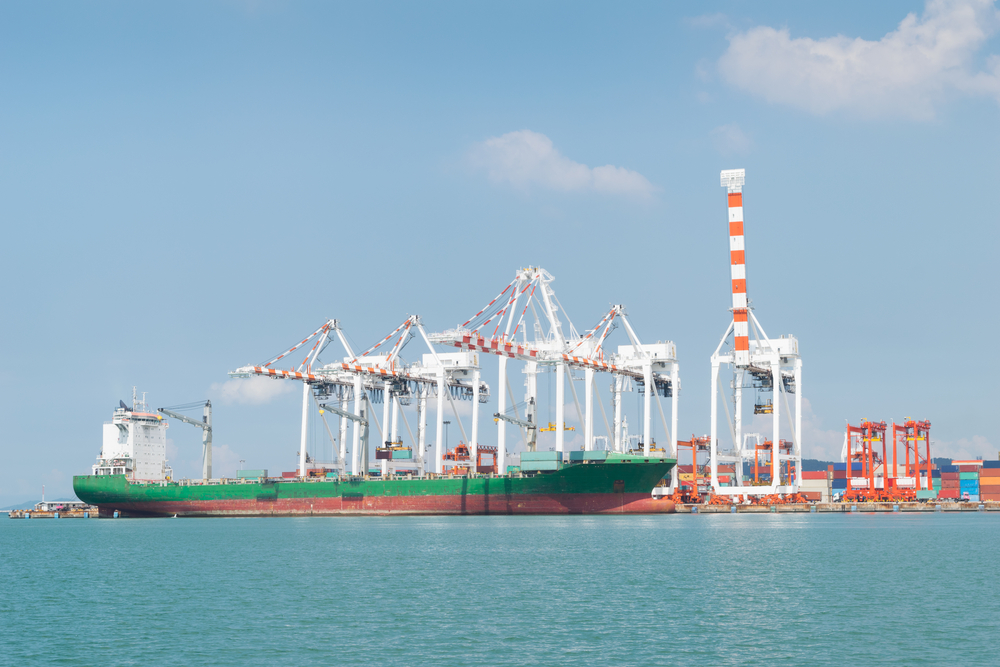Keeping Asian Growth out of the Doldrums

Please note that we are not authorised to provide any investment advice. The content on this page is for information purposes only.
The global economic outlook may be grim but it would be grimmer still but for Asian economic growth. There’s no dynamic growth pole anywhere else in the world and global uncertainties have increased around the rise of Donald Trump in North America and Brexit in Europe.
The global economic outlook may be grim but it would be grimmer still but for Asian economic growth. There’s no dynamic growth pole anywhere else in the world and global uncertainties have increased around the rise of Donald Trump in North America and Brexit in Europe.
The global growth outlook continues to be downgraded as industrial economies struggle to resume healthy growth after the global financial crisis. A stagnation mentality infects much of the developed world. The growth outlook for emerging economies is also on the wane. Is China and emerging Asia — still by far the largest engine of growth in the world economy — able to avoid growth doldrums? Can China navigate the middle-income trap to successfully reach high income?
The steady state in the Asian region is growth and dynamism that requires continuous structural change and adjustment. The trajectory of China’s potential rate of growth is certainly 2 or 3 percentage points lower than it was a decade ago (when average growth was 10 percent) as the labour market becomes tighter and growth depends on lifting productivity through innovation and change, which can’t be delivered simply by applying other people’s technology to a growing labour force.
Even at almost 6 percent the massive Chinese economy would still grow at twice the rate of the world economy. India is on the way back towards its growth potential, upwards of 8 percent over a coming decade in which the young will be pouring into its labour markets. In addition, Indonesia is blessed with the chance of capturing a similar demographic dividend.
However, Asia’s potential rate of growth should be closer to 7 percent, not the 5 percent or less it looks like being over this period. Can it achieve its 7 percent growth potential while the rest of the world languishes?
Realising Asia’s growth potential requires ambition and the will within Asian polities to undertake the next round of reforms essential to lifting productivity and accelerating the structural change. A strong, mutually re-enforcing Asian growth environment will vastly increase the chance of growth success.
Are Chinese and other Asian leaders up to the challenge? This was a central question around the Crawford Leadership Forum in Canberra last week.
The message is that there’s not much joy likely to come from Asian growth without massive supply-side reforms in every economy in the region. The East Asian Bureau of Economic Research at The Australian National University estimates that without a good measure of success with supply-side reform in China, India, Indonesia and Japan regional growth is likely to be closer to 3.5 percent or half its potential rate of close to 7 percent.
The ambitions for reform in China, with the leadership’s supply-side and financial market reform mantra, and in India, under Narendra Modi’s ‘make-in-India-in-open-competition-in-the-world’ strategy are bold and correctly-targeted. Delivery will be more certain if there is collective commitment to a common reform effort.
The good news is that the Regional Comprehensive Economic Partnership (RCEP) negotiations provide a ready-made framework for the ASEAN plus 6 East Asian partners to seize the moment.
Asia’s economic interdependence grew under the global trading regime, not significantly through bilateral or regional trading arrangements. ASEAN, Japan, China, South Korea, India, Australia and New Zealand — which comprise the RCEP group — in 2007 already had a collective share in global GDP bigger than that of the Trans-Pacific Partnership (TPP) in purchasing power parity terms. The group has the potential to be twice the size of the TPP economies 15 years hence.
The RCEP grouping is where the global economic dynamism is awaiting full release.
In lifting the frontier of Asian growth through closer regional integration, East Asian governments will need to negotiate a single-undertaking trade deal as good as the TPP but they plan to go beyond that with an ambitious economic cooperation program. RCEP can aspire to be a model for a global set of principles-based (not prescriptive) rules for managing trade and other forms of international commerce in the 21st century.
President Obama says the RCEP deal lacks ambition and ‘won’t prevent unfair competition among government-subsidized, state-owned enterprises’. It won’t protect a free and open internet or intellectual property, labour standards and the environment, he reckons.
In fact, RCEP must do more than these things to keep Asia’s structural reform-driven growth rolling. In truth, an RCEP agreement can be signed when, and only when, there is commitment to comprehensive freeing of trade in goods, services and investments and an agreed path for its implementation together with a framework for economic cooperation. Concluding an agreement later this year that entrenches such ambitious commitments will give RCEP momentum and credibility.
There is no question that China, India, Indonesia and other emerging countries in Asia will have trouble joining the US-led TPP any time soon. However, an ambitious, high-quality RCEP can offset trade and investment diversion from the TPP and work to integrate the entire Asia-Pacific region.
What is needed is the right environment in the region for these countries to be able to take bold supply-side reforms at home. RCEP’s economic cooperation agenda positions it as a key vehicle for building economic and political confidence in effecting the next big structural transformation in Asia — right across the region between East Asia and South Asia, with China and India drafted to play the leading role.
No joy from Asian growth without supply-side reform is republished with permission from East Asia Forum




